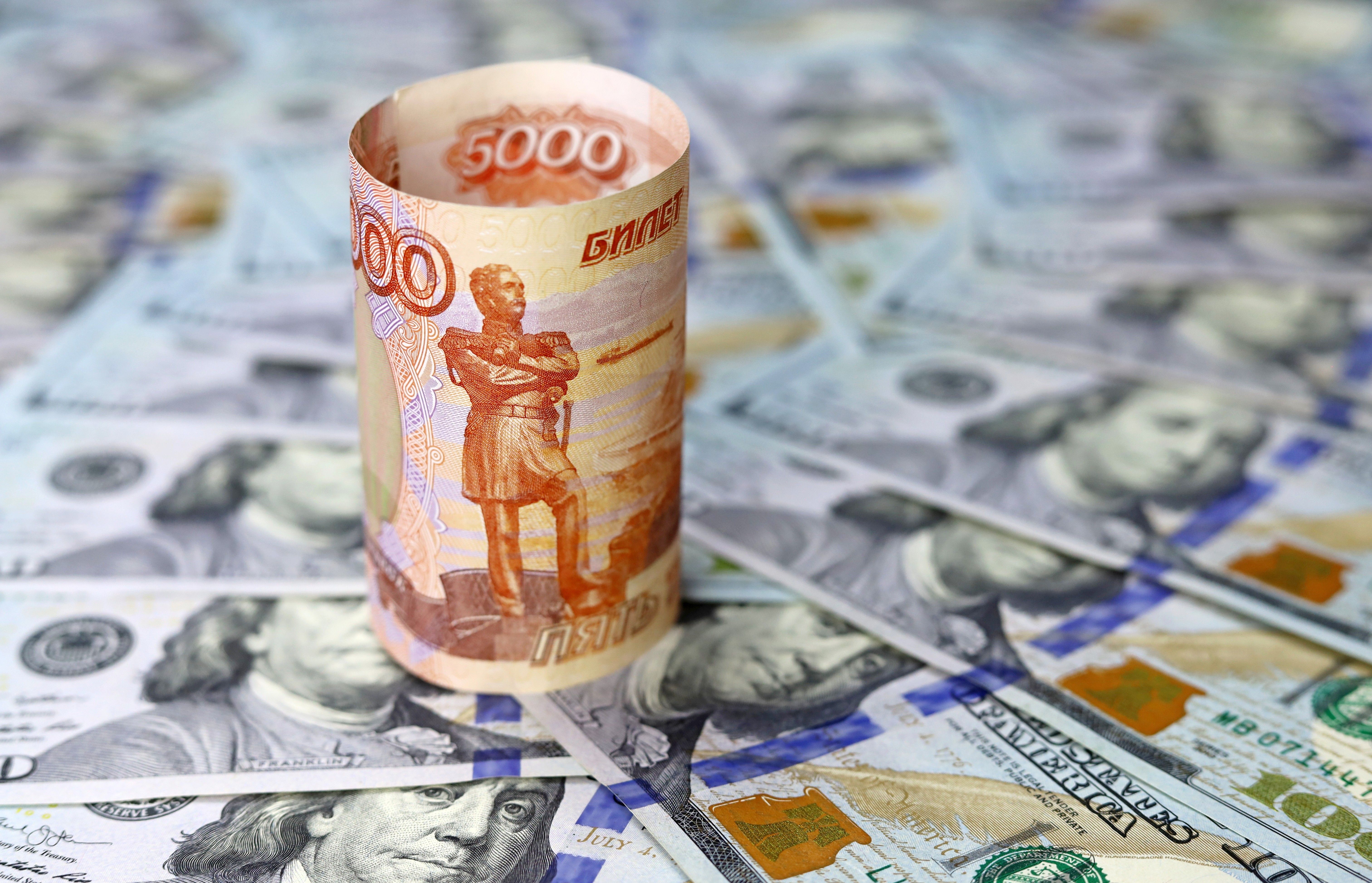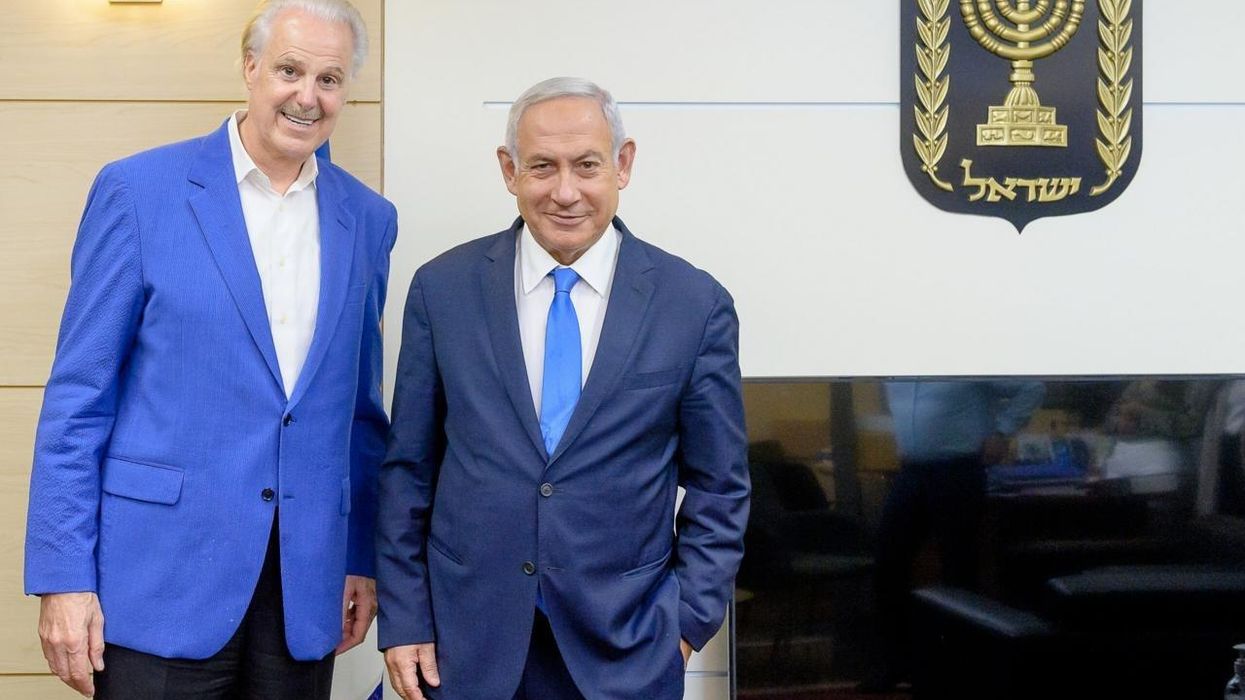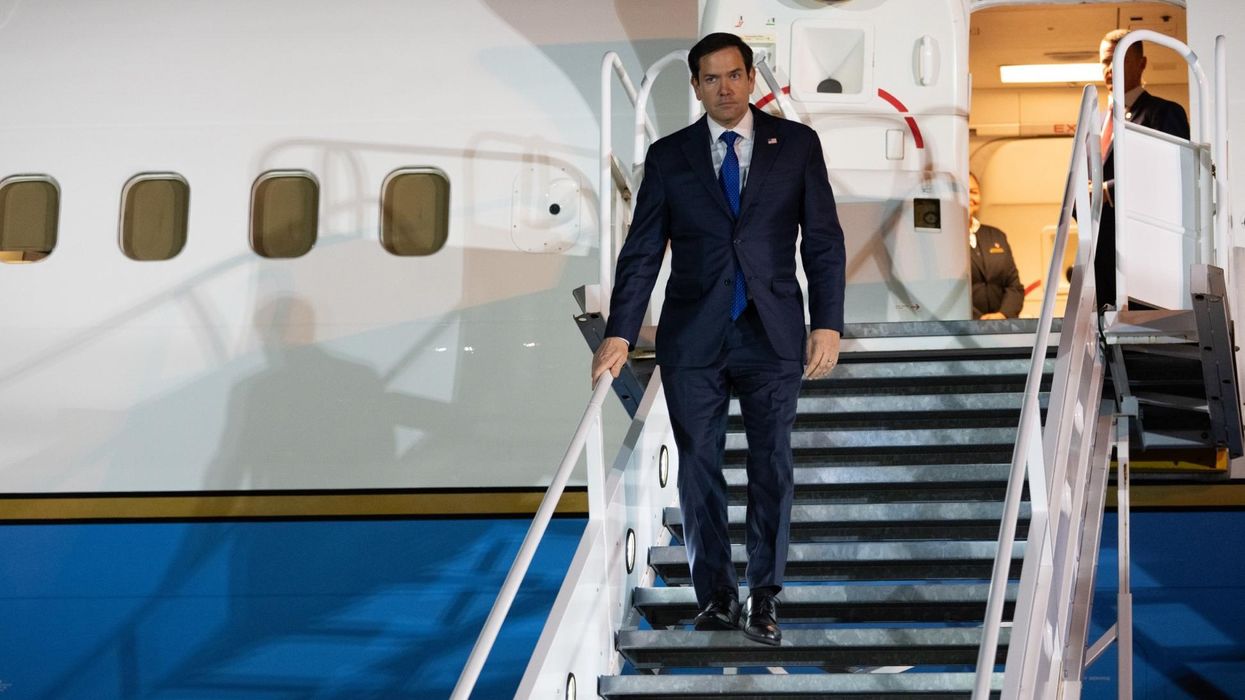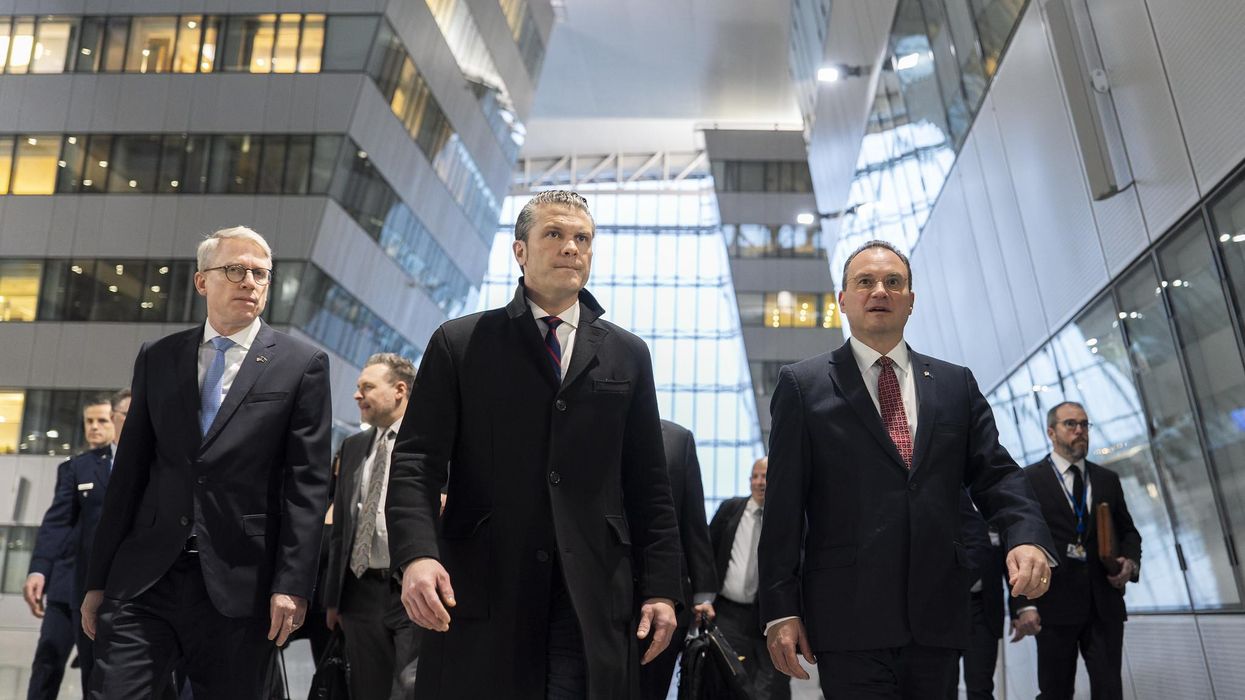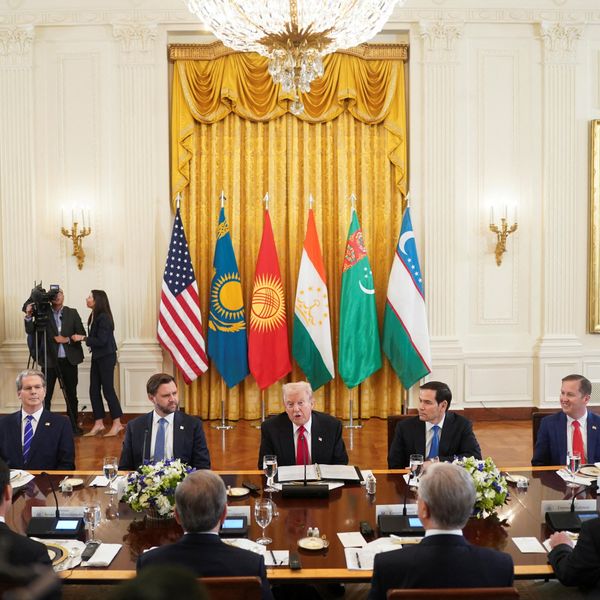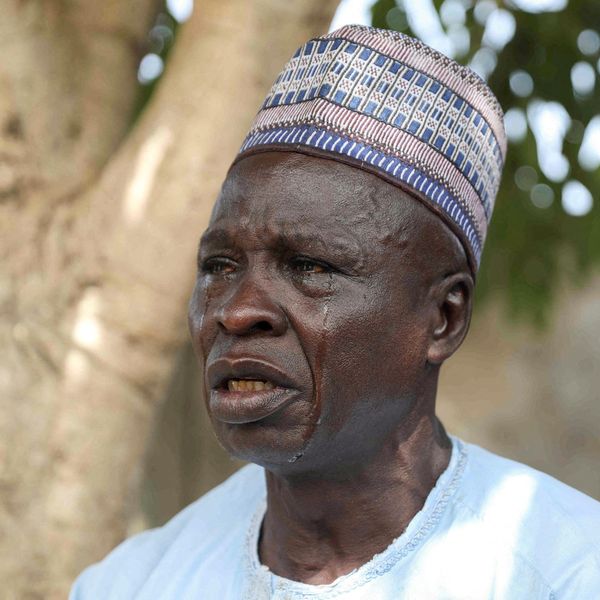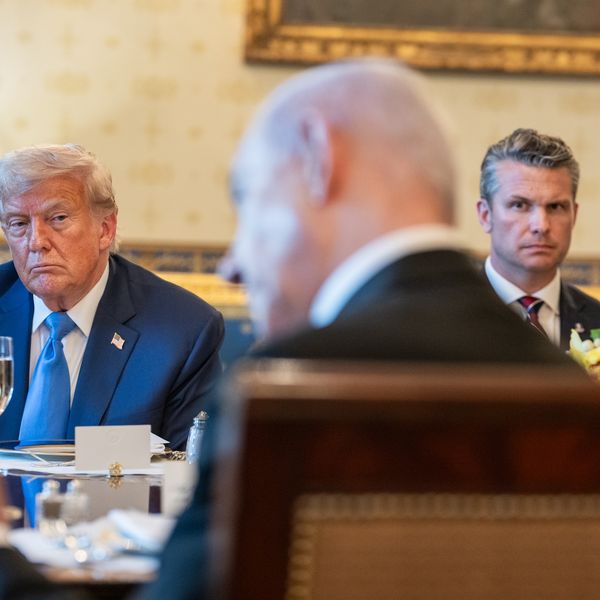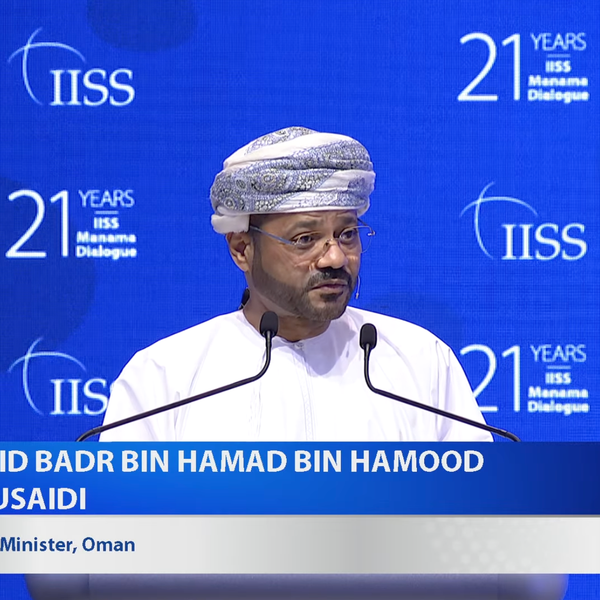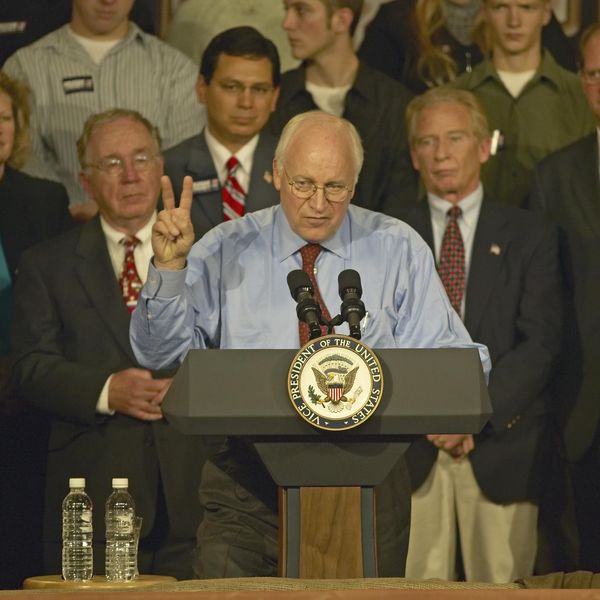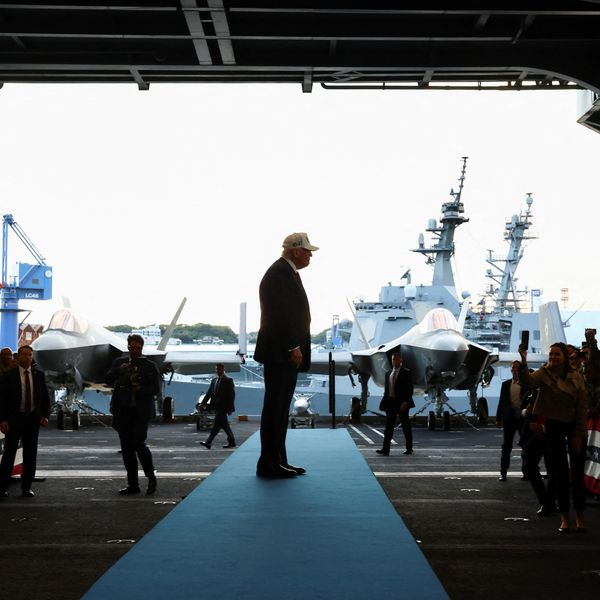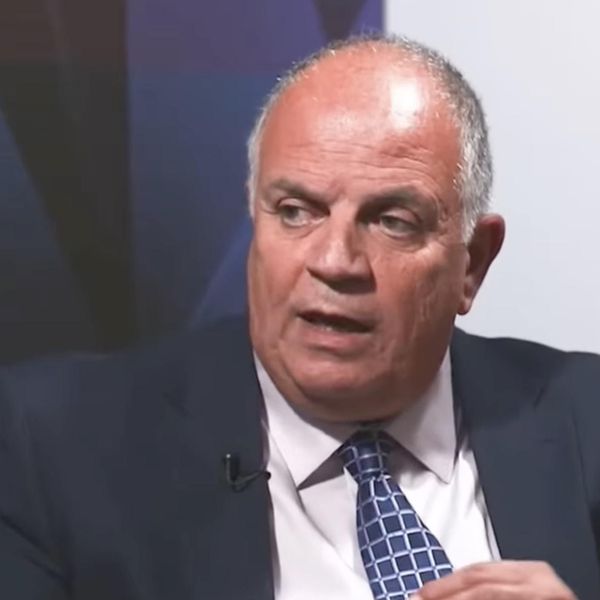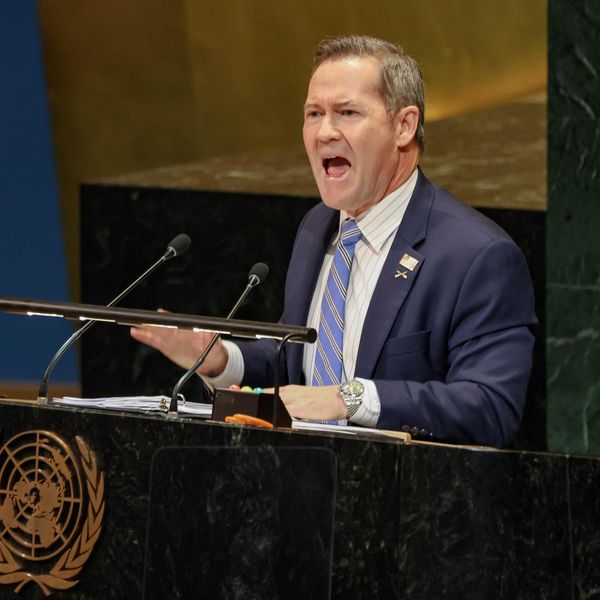The U.S. and its allies have relied on sanctions as one of the primary tools for curtailing Russia's military operations in Ukraine.
Running the gamut from individual limits against Russian leaders and businesses, to comprehensive restrictions on key sectors like Russian oil and natural gas, these sanctions are intended to impose unacceptable economic costs that directly hinder Russia’s war effort and indirectly incentivize Russia to end its campaign.
However, experts have been debating whether and how well they have worked. Some argue that the comprehensive sanctions, and in particular the widespread restrictions against its oil and gas revenue, are bringing Russia’s economy — and therefore its military campaign — to its knees. Others concede that sanctions may not successfully end the war outright, but contend they at least offer an inexpensive and low-risk way to slow Russian advances and take a public stand against the invasion. And yet, after nearly three years, the war still rages, Russia’s economy has rebounded, and Russian domestic support for Putin and the Kremlin are at an all-time high.
The problem with this solely economic debate is that it overlooks the risk for more serious counterproductive consequences. Sanctions are not just failing to end the war in Ukraine or weaken the Kremlin’s warfighting currency, they’ve also backfired, inadvertently strengthening Moscow’s hardline position, undermining the utility of alternative strategies, and shoring up the Kremlin against future international coercion. As a result, the fallback position that sanctions are at least better than nothing ignores their long-term perverse consequences for regional peace and international stability.
Sanctions against Russia after its invasion of Ukraine have included everything from economic restrictions to information controls. They have grown to include bans on industrial and technology export, bank freezes, restrictions against state-owned media outlets, and targeted sanctions against “high profile individuals and entities” including President Putin. The crown jewel is international bans on Russian oil and gas which account for 60% of Russia’s exports and nearly 40% of its federal budget.
The sanctions arguments
From the outset, Russia in 2022 appeared ready to cave to Western sanctions. Economic size and market diversity are usually good predictors of sanction-sensitivity, and Russia’s GDP is less than a quarter that of the U.S., its GDP-per-capita ranks only 70th globally, and perhaps most importantly, it is a rentier state, highly reliant on oil and gas export revenues for many of its state functions. Russia’s sanctioners, on the other hand, all possess formidable economies and the diversified stable markets necessary for wielding significant clout.
On the surface, these sanctions therefore looked like a good bet. And by naïve criteria they even enjoyed some success. Proponents argue sanctions are working because foreign businesses closed, domestic production nearly halted, and domestic talent fled so that now the Russian economy is a ticking time bomb ready to collapse. But sanctions are a long game that take time to accrue pressure, so proponents argue for waiting it out until Moscow cries “uncle.”
Russia’s economic resistance
But patiently waiting for Russia to run down its reserves and public patience has not panned out as proponents hoped. Targets of persistent sanctions, like Moscow, are not passive recipients. It has shielded critical supporters, built new trade networks, and ultimately earned more from its oil exports in 2023 than 2021. Some critics argue that the sanctions have failed because the U.S. and its allies are not able and willing to impose sufficiently thorough sanctions. Others blame Moscow’s clever domestic fiscal policies. Still others blame BRICS nations for systematically undermining the allies’ sanction efforts.
But whether by external sabotage or Moscow’s growing domestic immunity to sanctions, Russia is now economically less susceptible to sanction pressure than it was in 2022. Its trade flows with China doubled from 2021 to 2023 and exports to India increased ten-fold. Rather than curtailing the war effort, sanctions have catalyzed an economic and political partnership with China, India, Iran, and North Korea, suggesting a worrying geopolitical restructuring. The implication is that this growing network of partners will be more economically sanction-resistant and politically anti-Western.
Public approval
Pro-sanctions hold-outs argue, however, that even if Moscow manages to shield its elites from economic costs, the Russian public is still left holding the bill and will eventually turn on its leaders. But this pathway to policy change is looking increasingly unlikely. While sanctions are meant to undermine public support for the government’s sanctioned behavior, the Russian public has instead reacted to sanctions by rallying behind the government, strengthening Putin and his supporters’ domestic political position. Even before indicators of economic health began to boomerang, public approval ratings of both Putin and his government more generally had already surpassed pre-war levels.
Like many autocracies, Moscow holds tight reins on the spread of information domestically, and has a history of co-opting the information that does come out to its own political advantage. Leaders have used sanctions to rally public support, repurposing them to foment patriotism and resist foreign pressure by controlling the domestic narrative around sanctions and the war. This rally effect is not new. Putin and the Duma enjoyed a slight bump in favorability following the invasion of Georgia in 2008 and a larger increase following Crimea in 2014. What is notable, however, is how long all branches of government have managed to ride the post-Ukraine high. Putin’s approval hovered around 65% for two years, but jumped to over 80% following the invasion and has risen from there.
Attempts to combat misinformation and propaganda have also backfired. Private companies like Twitter/X and Meta attempted to crack down in 2022, blocking official accounts and removing false or misleading social media posts. Moscow responded by passing a series of censorship laws and banning Facebook and Twitter/X altogether in Russia. International and independent media was pushed out, social media accounts monitored, and reporters silenced, all effectively cutting off the Russian public’s access to any independent reporting on the conflict.
Without independent fact-checking to muddy the domestic information environment, calls to resist sanctions and rally behind leaders in Moscow can fall on more fertile ground. They see only claims of Russia’s “Responsibility to Protect” citizens in Ukraine, exhibits on NATO and the U.S.’s “chronicle of cruelty,” and claims that “regardless of the situation in Ukraine…[the West has] only one goal – to restrain the development of Russia.” As such, sanctions and unofficial restrictions have inadvertently strengthened Putin and his supporters’ domestic political position.
Counterproductive consequences
The sanctions debate should look beyond simple economic measures to consider the long-term risks. Sanctions are not just a cheap, non-violent way of signaling — however futile — public disapproval. Economic costs are not their only downside. The result of sanctions has been a Moscow with greater incentive and ability to pursue future military incursions, enjoying the unquestioned approval of an isolated domestic public, and the economic resistance to weather future restrictions. As a result, while sanctions may scratch Washington’s itch to resist the invasion, they actually create perverse incentives that undermine future engagement with Moscow on Ukraine and international security more broadly.
- Did the West 'crush' Russia’s economy for invading Ukraine? ›
- We should've known sanctions on Russia wouldn’t work as intended ›
- Why US-led sanctions on Russia are a failure ›
- Shifting goals cloud utility of sanctions on Russia ›
- Russia sanctions are stone cold leverage. Let's use it. | Responsible Statecraft ›

